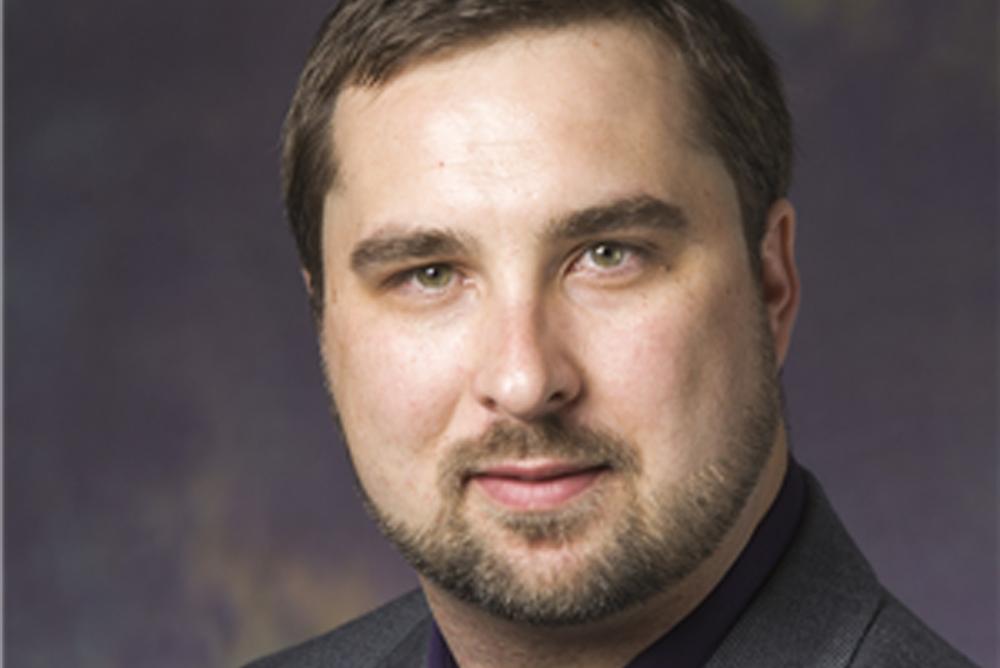W&M Featured Events
[PAST EVENT] Physics Colloquium - Dr. Daniel Andruczyk
Access & Features
- Open to the public

Dr. Daniel Andruczyk, University of Illinois, Title of Talk: Can using liquid lithium as a Plasma Facing Component (PFC) drive a path to a viable fusion power plant
Bio - Professor Andruczyk heads the HIDRA fusion device at the University of Illinois. He completed his PhD at the University of Sydney in 2006 where he gained extensive expertise in plasma diagnostics including the development and running of a diagnostic helium beam which was installed on the H-1NF Heliac in Canberra, Australia. He did his post-doc from 2006 – 2009 at the Max Planck Institute for Plasma Physics, Greifswald where the W-7X Stellarator is located and worked on the WEGA Stellarator while there. In 2010 he came to UIUC on a post-doc but quickly rose to be a research scientist and was stationed at Princeton Plasma Physics Labs from 2012 - 2014. In 2013 an opportunity to move the WEGA stellarator to the USA presented itself and since 2014 he became a Research Assistant Professor at the Center for Plasma-Material Interactions. In 2021 he was promoted to Research Associate Professor. Prof. Andruczyk conducts research into plasma edge studies in particular the impact that PFC materials have on the performance of plasmas. He specializes in liquid metals, especially lithium, as potential future materials for plasma facing components in fusion devices. Daniel has run extensive experiments in reactors on flowing liquid lithium systems and this has led to him (and UIUC) being one of the PI’s and lead institutions in the DOE’s domestic liquid metal PFC development program along with PPPL and ORNL since 2020. He is also the director of the NPRE departments professional Master of Engineering in Plasma Engineering program.
Abstract - The promise of using fusion reactions to produce the energy we need in the future is recently gaining much attention. Scientists and engineers have been in pursuit of this “Holy Grail” of energy for 70 years and now than ever it seems that fusion is within reach, at least on an experimental demonstration level. But to truly achieve a steady state working fusion power plant there is on major hurdle that needs to be overcome. Plasma Material Interactions (PMI). The materials we build these machines is extremely important. Several issues effect the materials that are used, the heat fluxes seen by parts of a fusion reactor can reach over 100 MWm-2 in some cases. This is more than double the surface heat flux of the Sun. Or the interactions with energetic ions, neutrals and neutrons can cause surface morphology changes (DPA, transmutation, fuzz, bubbles, blisters), ejection of material into the plasma, recycling of cold neutral gas back into the plasma and fuel depletion through implantation into the material. The current standard is to use solid metals that can try and withstand many of these issues, for example tungsten, carbon. But these all suffer in one shape or form from some or all of these problems. However, there is potentially a solution. Liquid metals and in particular liquid lithium, pose several solutions to many of the problems. As a liquid its self-healing and can possibly handle the large heat fluxes seen in the divertor. Its chemical reactivity means that it will essentially trap most impurities and fuel ions and neutrals that come out of the plasma. It reduces the recycling rate of the wall and thus can increase the performance of plasmas and reducing instabilities. That is not to say that there are technological challenges of liquid lithium, and these are all under investigation. This talk will focus on PMI challenges faced by solid materials and how liquid lithium can solve many of these issues as well as the challenges faced by using liquid metal systems. It will focus on a lot of the solutions being investigated at UIUC and the plasma, fusion and PMI program at the Center for Plasma Material Interactions.
